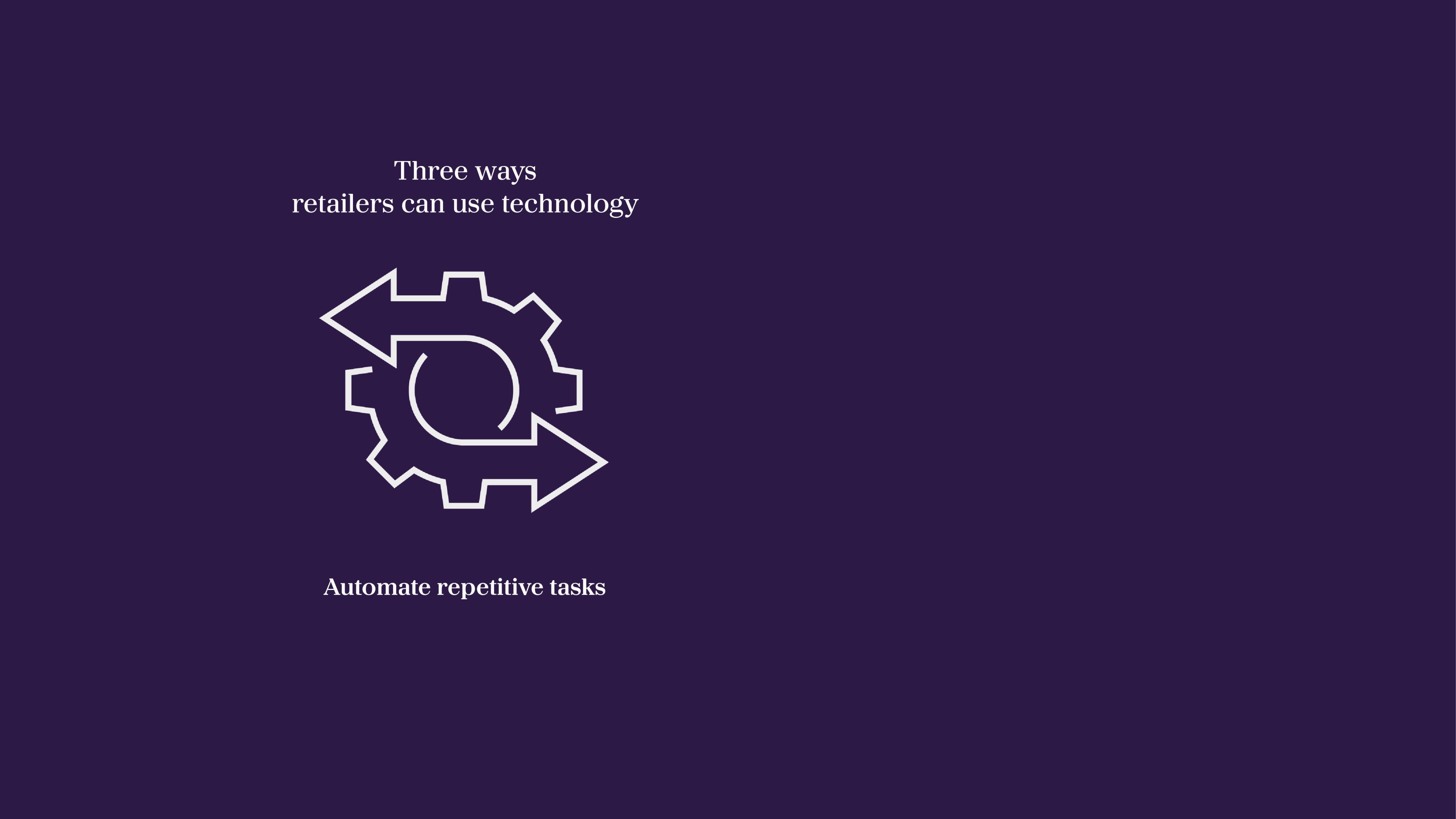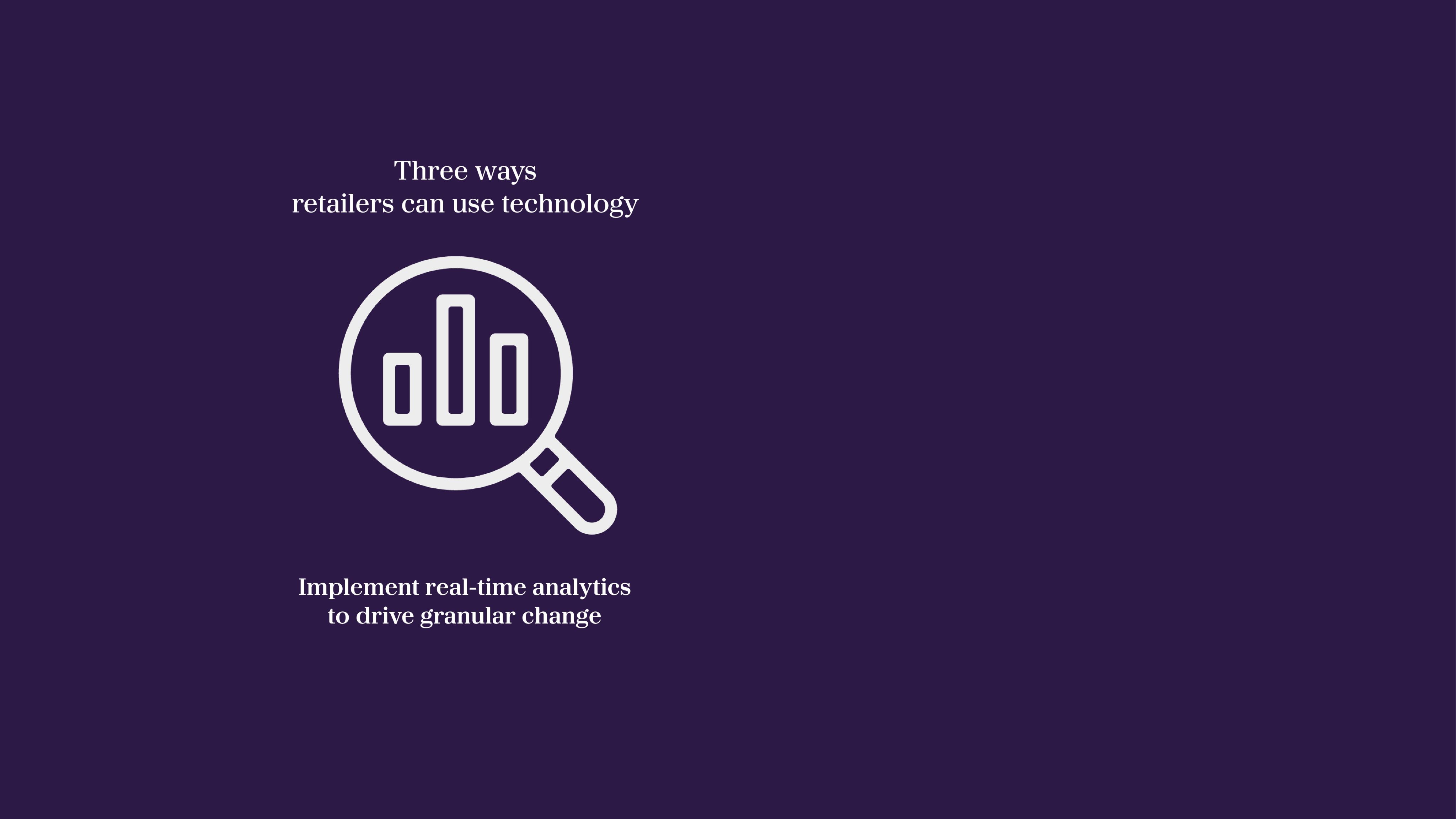Three ways retail organisations can use technology to engage and hire frontline workers
Contributors:
Jeanette Leeds
Managing Director, Hourly by AMS
Adam Lukoskie
Vice President, National Retail Federation Foundation

The COVID-19 pandemic left retailers scrambling for talent as employees moved on to other industries with higher wages, better job security and improved benefits. Many traditional retail employees simply left the job market altogether, meaning the war for talent in the sector is intensifying.
According to the U.S. Bureau of Labor Statistics more than 1 million of the 11 million jobs available in the US are in retail, with one retail industry figure speculating that applicant numbers had fallen by 40% in just a year. With nearly two jobs available for every unemployed person, companies are having to get creative in their hiring processes to get the volume of workers they need.
For many retailers, this has naturally led to a reappraisal of how technology can make hiring more efficient and effective.
“Like many other industries, retailers have faced an increasingly tight labour market in recent years. In order to compete for talent, many have integrated technologies to further attract candidates and streamline the overall hiring process,” says Adam Lukoskie, Vice President at National Retail Federation Foundation, the philanthropic arm of the world’s largest retail trade association.
“From advertising on social platforms such as TikTok, to enhancing the user experience with clear and frictionless job applications, along with convenience factors like conducting interviews virtually and extending job offers earlier in the application process, retailers are creating more opportunities for people of all backgrounds to quickly secure roles in an industry that offers tremendous growth potential,” adds Lukoskie.
Enforced online shopping during the pandemic has also shifted the dial on digital transformation in the sector, with customers trialling new ways to shop.
A McKinsey & Co report found that 10% of UK shoppers tried grocery delivery during the pandemic, with 12% expecting to shop less at non-essential stores post-lockdown. The same report predicts that a third of all tasks in retail will be affected by technology by 2030. The seismic shift in how we shop means that recruiters are having to contend with both a shortage of currently available talent and the need to build in skills of the future.
“What big retailers tell me is their biggest problem is getting enough people to fill jobs. The supply of people and talent isn’t enough to fill available roles. The second part is about attrition. How do you keep people once you get them?”, says Jeanette Leeds, Managing Director Hourly by AMS.
For retailers, the competitive nature of the labour market is pushing them to streamline their recruitment processes, introducing artificial intelligence and automation into the early stages of hiring to help talent acquisition employees hire more efficiently. In a candidate-driven market, speed is vital. But how can technology improve retail recruiting?




Automation of repetitive tasks
The high-volume recruiting retailers need means talent acquisition professionals often get bogged down in mundane, repetitive tasks. Take interview scheduling, for example. A recruiter might need to schedule ten candidates for an interview. It might take three calls to get through to each candidate before the interview is confirmed. Those thirty calls could take up a good chunk of that recruiter’s day.
Interview scheduling software can automate the entire process, allowing candidates to select a slot suitable to them and confirming the meeting via email, adding the event to both the candidate’s and recruiter’s calendar. A process that could take several days to finalise can now be confirmed within minutes of a candidate accepting an interview.
“Recruiters are incredibly busy - from posting jobs,to finding and scheduling candidates, - hey are under intense pressure. Automating tasks through technology gives them back time to focus on more strategic and high value activities,” says Leeds.
Conversational artificial intelligence
High-volume recruiting means hiring the same profile of candidate repeatedly. Automation and conversational artificial intelligence - such as smart chatbots - allows organisations to frame the same questions that need to be asked of each candidate, providing short answers that can move the applicant through the hiring funnel quickly. Someone who is successful can immediatly schedule their interview to the next stage.
Again, this use of technology allows organisations to speed up the hiring process and removes strain from recruiters, allowing them to focus on more strategic, human-focused tasks.
It also improves a candidate’s experience, as they move quickly and frictionlessly through the recruitment process, says Leeds.
“Those not using this type of technology are missing out on candidates, as the market today is all about speed and user experience. Jobseekers today are used to a speedy, consumer-like experience. They use UberEats to deliver food, or Amazon to buy products. Everything is so quick and easy and they don’t have to engage with another person. It’s about instant gradification. If your job application is long and tedious, you’ll lose candidates to organizations that can move faster,” she warns.
Real-time analytics to drill down into specific challenges
The pace of growth in the retail sector means that hiring managers and recruiters need to be adept at making changes quickly and precisely. Real time analytics allows retail recruiters to drill down into specific issues affecting individual stores or job roles, before making targeted interventions.
This can be useful if an organisation is witnessing high attrition in a particular job role, or to investigate different candidate experiences between stores.
“Things move so fast in retail that you need deep analytics and data to understand what is happening in real-time in your recruiting business,” says Leeds.
“Real-time data allows you to look at specific hourly jobs like cashiers or even cashiers in a specific location. Why do you have a high attrition rate here? Do you need to update your job descriptions to accuratly describe the day to day enviornment and culture? Is compensation an issue? Maybe it’s the manager? Real-time insight can be very helpful understanding the nuances and making quick adjustments,” she adds.
written by the Catalyst Editorial Board
with contributions from:
Jeanette Leeds
Managing Director, Hourly by AMS
Adam Lukoskie
Vice President, National Retail Federation Foundation
